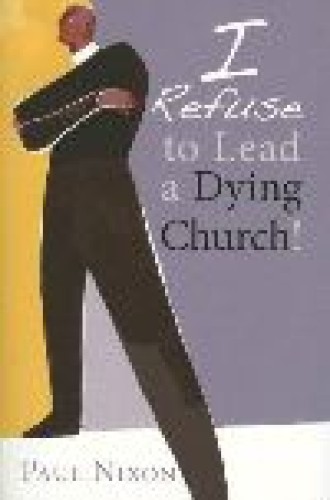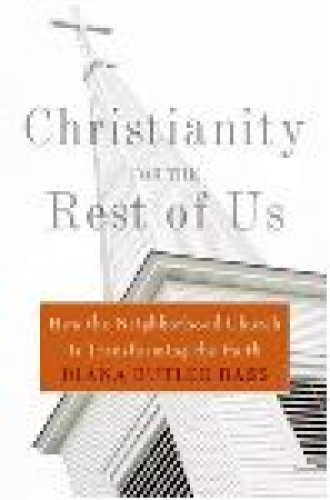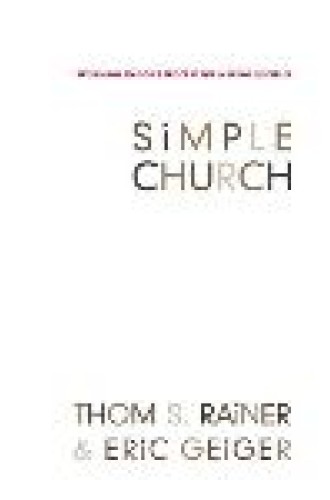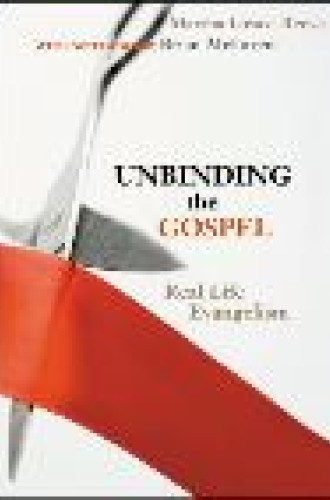Take and read
A timely and well-written book. Bader-Saye explores the dynamics of fear and the practices of Christian community (hospitality, peacemaking and generosity) that provide an alternative way of life.
This engaging study brings Butler-Bass’s multivolume project on vital mainline congregations to conclusion. She profiles congregations where the rediscovery of practices of faith has brought new vitality to the old mainline.
If you only read one book on preaching this year, here’s the one. Florence goes deep into the practice of testimony as the guiding perspective for preaching in the postmodern era.
Originally published in an expensive notebook format, this is the book that Friedman was working on at the time of his death. It brings his emotional process perspective to the vexed and important topic of leadership.
Nixon’s brief but bracing book offers six choices that ministers and congregations must make if they are in the business of choosing life. Nixon claims, helpfully, that congregational vitality, while requiring work and courage, is not rocket science.
The authors offer a simple but provocative argument: complex, program churches are programmed to fail; churches that are clearly focused on spiritual growth and discipleship, and a simple process designed to serve that purpose, are thriving.
Reese’s book is based on a Lilly-funded study of mainline churches that do evangelism well. She offers a meaningful understanding of evangelism and a consideration of obstacles, as well as indications of what evangelism looks like in the lives of ordinary people.
A student of Edwin Friedman, Steinke has carried forward his mentor’s systems approach to church life and leadership. How leaders can maintain integrity and stay connected with people is the underlying spiritual and leadership challenge.
Five emerging-church leaders lay out their theological convictions and engage in dialogue with one another. The diversity in perspective and practice of the five, all middle 30s to early 40s in age, is striking.














